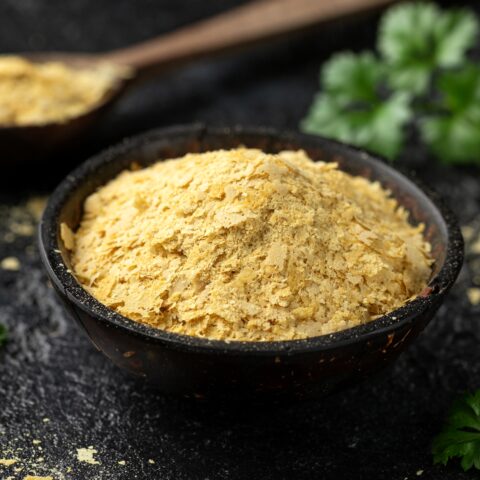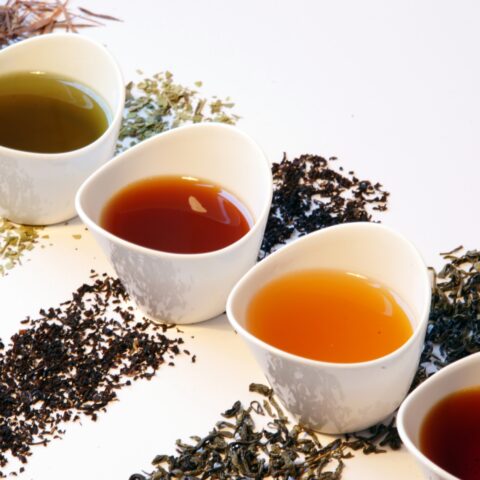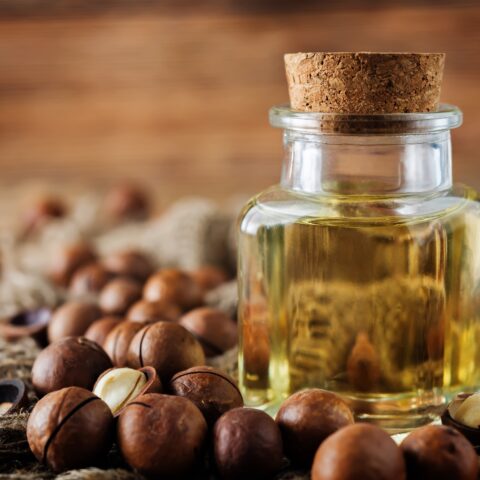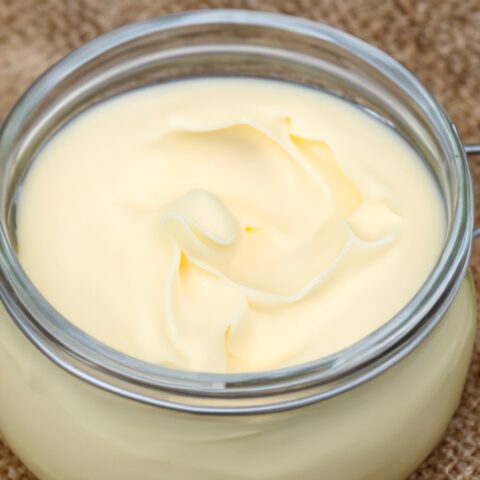Is Camel’s Milk Paleo?
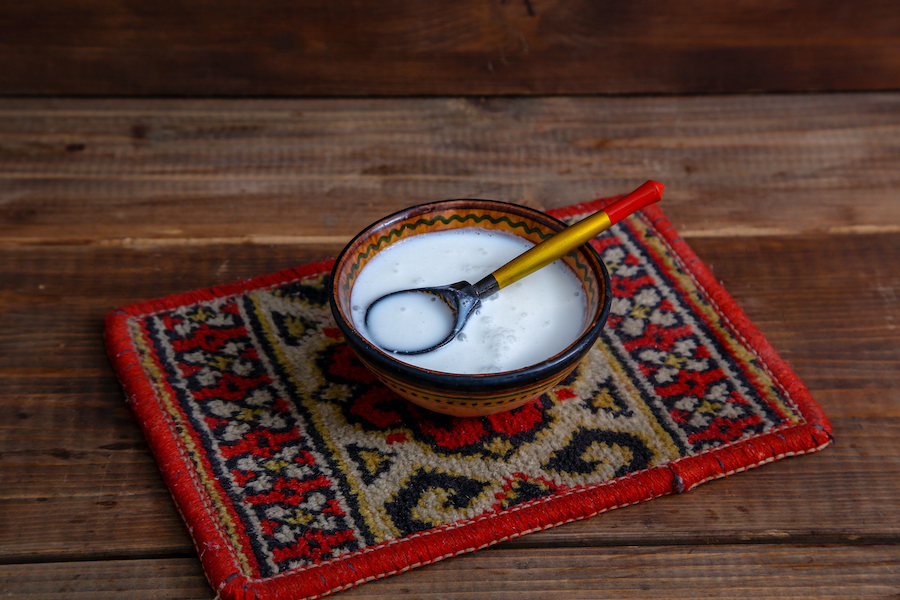
We know that cow’s milk isn’t approved on The Paleo Diet®, but does that apply to camel’s milk as well?
Camel’s milk is different from regular dairy milk in a few ways. It’s naturally gluten-free, casein-free, lower in fat, and contains insulin. But while camel’s milk overall appears to be healthier than cow’s milk, the fact is that it still isn’t Paleo.
Why is this? The fact is that any kind of animal milk is off the table because they contain hormones. Hormones spike insulin, more so than even bread or sugar, making them a poor nutritional choice. Some types of milk may be better than others because their sugar compositions can be different, but when it comes down to it, none are ever healthy enough to be considered Paleo.
With that out of the way, it is worth exploring the ways that camel’s milk is different from regular cow’s milk, and how it may be a healthier choice for your 85/15 rule. Our contributor Pedro Bastos dug through the research to show us a side-by-side comparison of Dromedary camels (the major breed of Arabian camels) to the standard cow’s milk we can all find in the supermarket, and here’s what he found.
What’s in camel’s milk?
Camel’s milk is gluten-free, since this breed isn’t in contact with any gluten-containing foods. Casein is the major protein in Dromedary camel’s milk, which represents 52-87% of total protein (camel’s milk is 2.15 to 4.9% protein).1 The casein fractions and their ratios are not exactly identical to cow’s milk.1
As far as fat goes, the fat content of Dromedary camel’s milk ranges from 1.2 to 6.4% (average: 3.5%).1 In cow’s milk, fat varies between 3,4 to 5,4%2, which is similar to camel’s milk. Interestingly, it appears that milk from thirsty camels has a lower fat content.1
There is indeed some evidence that camel’s milk may decrease postprandial glucose (possibly because it might contain bioavailable insulin or insulin-like molecules).1 Although this would appear beneficial, it could also have a dark side, such as causing insulin resistance when consumed in high amounts and perhaps triggering type 1 diabetes in genetically susceptible individuals (as it appears to be the case with cow’s milk3). Molecular mimicry between camel’s insulin and human insulin may be a possible cause. This hasn’t been confirmed, but it is plausible, since it occurs with bovine insulin present in cow’s milk3-7.
Is it beneficial to people with certain conditions?
There is some preliminary evidence for replacing cow’s milk with camel’s milk in people with autism, possibly because the different protein fractions of both types of milk may affect autism differently.8
And because cow’s milk and camel’s milk do not contain the exact same protein fractions, people with allergies to cow’s milk might not react to camel’s milk.1,9
What about lactose?
Dromedary camel’s milk does contain lactose, which varies between 2.4 to 5.8% (average: 4.4%),1 although pasteurization may reduce it to less than 2.4%.10 Indeed, there is a study from Brazil suggesting that camel’s milk is tolerated by people with diagnosed lactose intolerance.10 However, I am skeptical of this study, since it was not a double-blind experiment and also because only clinical symptoms were analyzed,10 which is not a very reliable method to assess lactose tolerance.11
References:
[1] haj Al OA, Kanhal Al HA. Compositional, technological and nutritional aspects of dromedary camel milk. 2010 Dec;20(12):811–21.
[2] Gall CF. Production systems around the world. In Park YW, Haenlein GFW, editors. Milk and Dairy Products in Human Nutrition: Production, Composition and Health. John Wiley & Sons; 2013: 1-30.
[3] Hoppe C, Mølgaard C, Vaag A, Barkholt V, Michaelsen KF. High intakes of milk, but not meat, increase s-insulin and insulin resistance in 8-year-old boys. Eur J Clin Nutr. 2005 Mar;59(3):393-8.
[4] Vaarala O, Knip M, Paronen J, et al. Cow’s milk formula feeding induces primary immunization to insulin in infants at genetic risk for type 1 diabetes. Diabetes. 1999 Jul;48(7):1389-94.
[5] Vaarala O. Is it dietary insulin? Ann N Y Acad Sci. 2006 Oct;1079:350-9.
[6] Mäkelä M, Vaarala O, Hermann R, et al. Enteral virus infections in early childhood and an enhanced type 1 diabetes-associated antibody response to dietary insulin. J Autoimmun. 2006 Aug;27(1):54-61.
[7] Vaarala O, Ilonen J, Ruohtula T, et al. Removal of Bovine Insulin From Cow’s Milk Formula and Early Initiation of Beta-Cell Autoimmunity in the FINDIA Pilot Study. Arch Pediatr Adolesc Med. 2012 Jul 1;166(7):608-14.
[8] Zibaee S, Hosseini SMA-R, Yousefi M, Taghipour A, Kiani MA, Noras MR. Nutritional and Therapeutic Characteristics of Camel Milk in Children: A Systematic Review. Electron physician. 2015 Nov 25;7(7):1523–8.
[9] El-Agamy EI, Nawar M, Shamsia SM, Awad S, Haenlein GFW. Are camel milk proteins convenient to the nutrition of cow milk allergic children? Small Ruminant Research. 2009 Mar;82(1):1–6.
[10] Cardoso RRA, Santos RMDB, Cardoso CRA, Carvalho MO. Consumption of camel’s milk by patients intolerant to lactose. A preliminary study. Rev Alerg Mex. 2010 Jan;57(1):26–32.[11] Misselwitz B, Pohl D, Frühauf H, Fried M, Vavricka SR, Fox M. Lactose malabsorption and intolerance: pathogenesis, diagnosis and treatment. United European Gastroenterol J. 2013 Jun;1(3):151–9.
The Paleo Diet Team
The Paleo Diet® team consists of a group of scientists, journalists, experts, and recipe creators who stay at the forefront of nutrition science.
More About The Author
